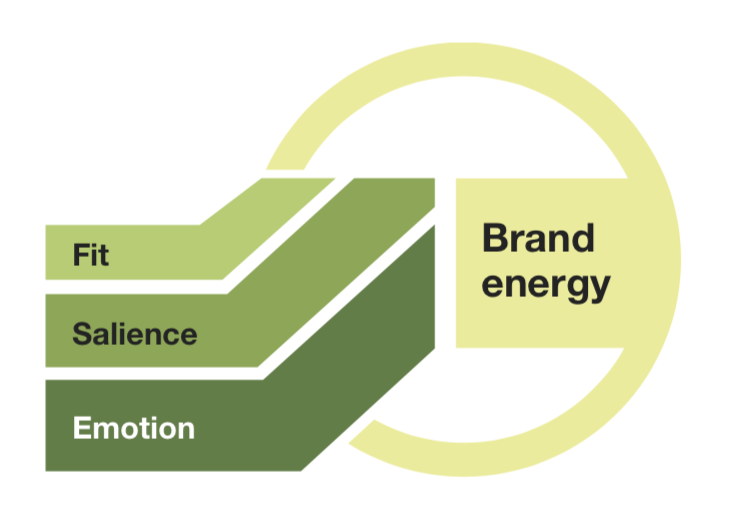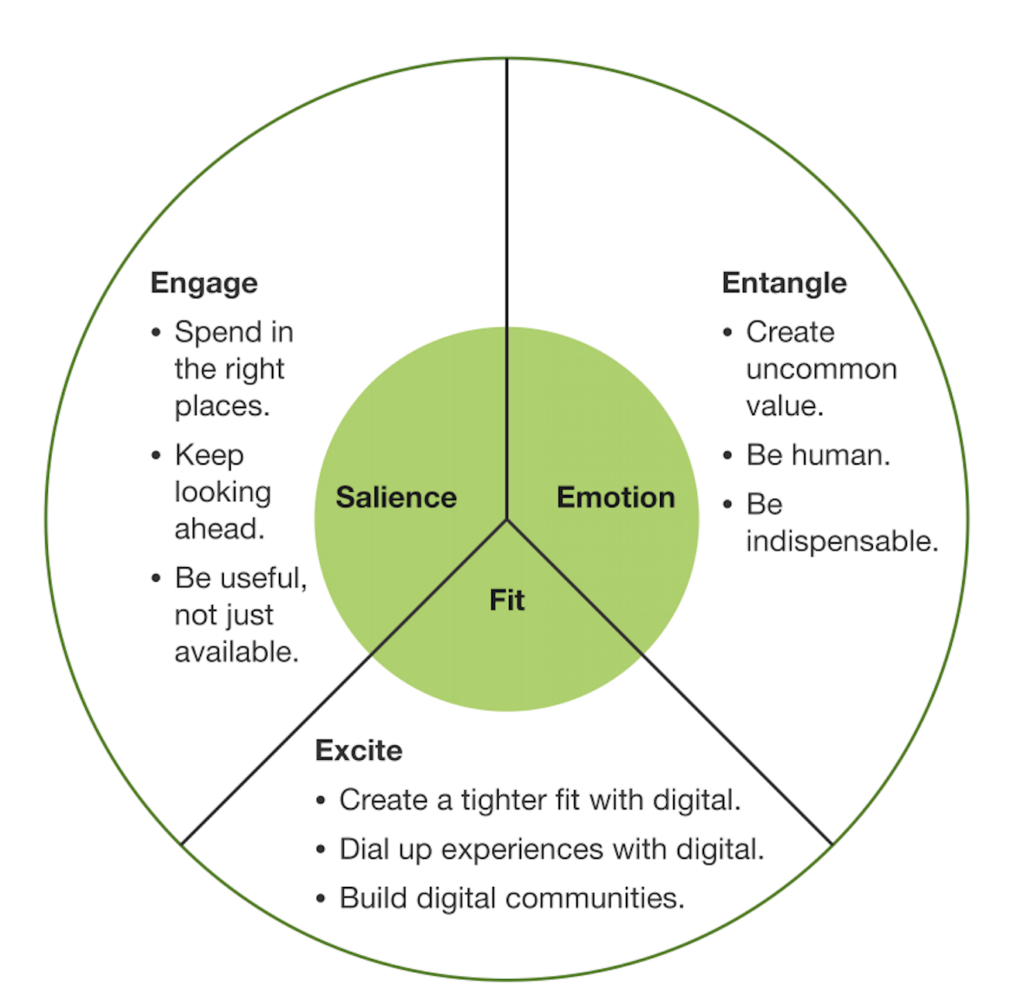The New Digital Model For Brand Experience
The Journey From Energy To Experience
In the summer of 2017, I, along with my Forrester colleagues, wrote up the results of our year-long endeavor to build an analytically sophisticated, data-driven framework for emotion-led branding. In my report entitled “Emotions Fuel Your Brand Energy,” I outlined three components of a brand’s “energy” and its ability to influence consumer behavior in its favor:
- Emotion. The ability of a brand to activate the emotions that matter most in the context of a customer’s relationship and a prospect’s search
- Salience. The prominence of a brand and its memorability
- Fit. Not only the right products and services but also value-based alignment
This was just the beginning. Energy empowered a brand, but you couldn’t take it to the bank. It paid off when brand energy converted into brand value, and this conversion happened through experience — hence, the brand energy story was incomplete without the brand experience story, so I set out to complete it. And in doing so, it was very clear that most of today’s brand interactions are digital in nature and that we would have to implement strategies for emotion, fit, and salience in the context of digital transformation.
New Rules
Since the early 2000s, our rapidly evolving digital way of life has transformed entire categories. In today’s consumer environment, we touch, type, poke, and command our way through brand interactions. Many brands have been knocked down by the velocity of this change and their ineptness to adapt. Others, both upstart and legacy, have adroitly refreshed their brands to embrace the change. To create and sustain an emotion-driven value-focused brand, CMOs must master the art and the technology powering digital experiences. In this process, digital is much more than marketing technology and channels; it is a way to harness technology’s enormous and unbridled capacity to reach out, connect, personalize, and engage.
This is digital in service of the customer, delivered through brand experience.
A New Model For Brand Experience, Powered By Digital
The three components of brand energy have their counterparts in a digitally fueled world of brand experiences. To create and deliver brand value in this environment, markets must engage, excite, and entangle their customers.
Engage To Increase Salience
Brands now realize that broadcast awareness models are mostly irrelevant; modern discovery, which happens in a device-abundant and heavily connected culture, upends that model. Exploration happens across many social venues, in digital communities, and through screenless machines such as smart speakers. In this new era of exploration, brands need to find the right engagement model.
That model might be about being where you are most relevant, such as Dunkin’ on Waze or Madewell with shopping tags in Instagram Stories. Or, like Tide, you may be building auto-invocation skills for Alexa to find you after a wine spill. And brands with emerging-market business must surely be licking their lips at the prospect of a WhatsApp play.
Excite To Secure Fit
Discovery alone is not sufficient to build the bond that keeps customers coming back. This bond is secured when a consumer is excited to forge the connection — partly because the brand feels right and partly because the brand does right.
Sometimes a good fit is literal, like ZOZO’s custom-fit apparel using a polka-dotted bodysuit, an app, and some algorithms. Brands such as IKEA and L’Oréal utilize augmented reality to create anticipation, a powerful driver of experience. Glossier went from blog to boom on the strength of its like-minded community. Even legacy brands like J&J are striving for authentic alignment on YouTube using peer influencers who are “not necessarily famous.”
Entangle To Build Emotional Relationships
Emotional connection is the most significant contributor to brand, accounting for about half of its energy, while salience and fit make up the remaining half. Sophisticated techniques can quantify emotional connection, and they form the backbone of brand measurement. But in a pinch, try this rule of thumb: Would your brand’s absence make a difference in your customers’ lives?
Roman has upended the experience of erectile dysfunction treatment using telehealth bots and online medical professionals. Rose, The Cosmopolitan’s double-entendre spouting chatbot, has a personality as edgy as the hotel and makes for a memorable relationship. Starbucks’ seamless experience across its Rewards platform, app, and Google Home integration makes voice ordering your “usual” incredibly easy.
Three Watch-Outs
- Deploy digital strategically. Don’t think of every incarnation of digital as a standalone technology or channel that you must do something with. Rather, think of digital as a system for you to pick and choose which technology to use, and how much of it, to optimize brand experience.
- Find the size that fits. The broad sweep of digital encompasses many technologies that consumers interact with in different ways. The wrong way to go about creating brand experiences is to force-fit old ones into the new. Design the experience to fit the context.
- Be unique, but connect to many platforms. As most consumer technology experiences evolve to cluster around a few platforms, brands have to think long and hard before going it alone. It behooves the brand to realize that customers may want to engage the brand on their terms.
What’s Next?
If you are a Forrester client, this is the easy part. You can read the entire report here. And if you’d rather hear it from me in person, with hand gestures and all, please reach out to your account team for an advisory session. If patience is one of your virtues, you can hold out for the webinar that I will run on this topic, but it will most likely be in Q2.
If you’re not a Forrester client, please use go.forrester.com to reach out to us, and I’ll do my best to help you. And also, if you are curious about what my reports look like, my last one on the convergence of customer, brand, and tech can be downloaded for free.


